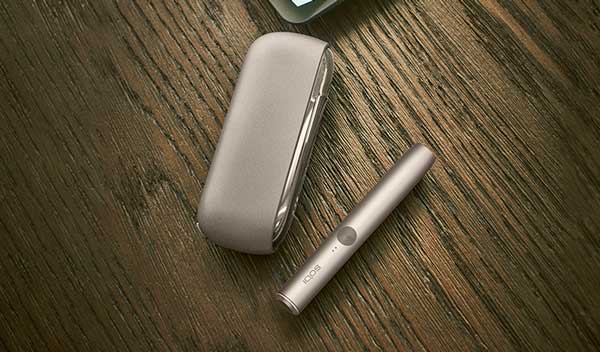Find answers to your questions below
-
e-vapor-products
-
E-cigarettes, also called electronic cigarettes, e-vapor products, or vapes, are a popular smoke-free category of products without tobacco.
These battery-powered devices vaporize a liquid solution, also known as an e-liquid, containing nicotine and/or flavors.
Vaping is the term typically used to describe inhaling an aerosol (vapor) from an e-cigarette. -
No, vapes don't produce smoke.
What may appear to be “smoke” or a white cloud coming from an e-vapor product (also know as a vape or e-cigarette) or heat-not-burn product is actually an aerosol. An aerosol is a suspension of fine solid and/or liquid particles in a gas (usually air).
However, whilst smoke (which is caused by burning and contains solid particles) is an aerosol, not all aerosols are smoke.
The aerosol created by heat-not-burn products and vapes is not formed by burning and does not contain solid particles.
The composition of the aerosol produced by smoke-free products is fundamentally different from smoke, which contains solid particles and over 6,000 chemicals, of which a hundred have been identified as harmful or potentially harmful.
As smoke-free products don’t burn tobacco, they can significantly reduce the average levels of harmful chemicals compared to cigarettes.*
*Importantly, smoke-free products are addictive and are not risk-free, but they represent a much better choice for adults than continued smoking.
-
Yes, Philip Morris International (PMI) sells e-cigarettes, otherwise known as e-vapor products or vapes, in various markets.
Among our e-vapor products are VEEV NOW and VEEV ONE.
Find out more about all of our smoke-free products, including heated tobacco products and oral smokeless products, such as nicotine pouches. -
Vaping typically describes the use of a smoke-free product that forms a vapor that is inhaled by a consumer. Examples of such products are e-cigarettes, vapes, or e-vapor products.
We have found several ways to produce a flavorful nicotine-containing vapor that a consumer can inhale, but that have significantly lower levels of harmful chemicals than cigarettes. These products contain nicotine, which is addictive, and are not risk free.
Find out more about vaping, including origins, health and safety, comparison with smoking and heated tobacco and other frequently asked queries. -
The difference between vaping and smoking lies in the characteristics of the aerosol that's inhaled.
When smoking a cigarette, the consumer inhales the smoke that’s produced through the process of burning tobacco.
The term vaping, however, describes the use of a smoke-free product (e.g. e-cigarettes) that forms a vapor that is inhaled by a consumer.
PMI’s scientists have developed several ways to produce a flavorful nicotine-containing vapor without burning that a consumer can inhale. This produces significantly lower levels of harmful chemicals than cigarettes. However, these products provide nicotine, which is addictive, and these products are not risk-free. -
E-cigarettes (also known as vapes and e-vapor products) are a smoke-free product that don’t use tobacco.
They vaporize an e-liquid solution—usually containing nicotine and flavors—when a user draws on it.
Nicotine is addictive and not risk-free, but because e-cigarettes don’t burn tobacco, they can represent a much better choice for adults than continuing to smoke. -
VEEV ONE is Philip Morris International’s leading e-vapor product. It’s a handheld battery-powered device that heats an e-liquid to produce an aerosol, which many people refer to as a vapor.
This product uses a closed-pod vaping system, featuring ceramic heating technology instead of a wick. VEEV ONE emits on average 99 percent lower levels of harmful chemicals compared to cigarettes.1
1. Average reductions in levels of a range of harmful chemicals (excluding nicotine) compared to the smoke of a reference cigarette (3R4F). This does not necessarily equal a 99 percent reduction in risk. VEEV ONE is not risk-free.
-






